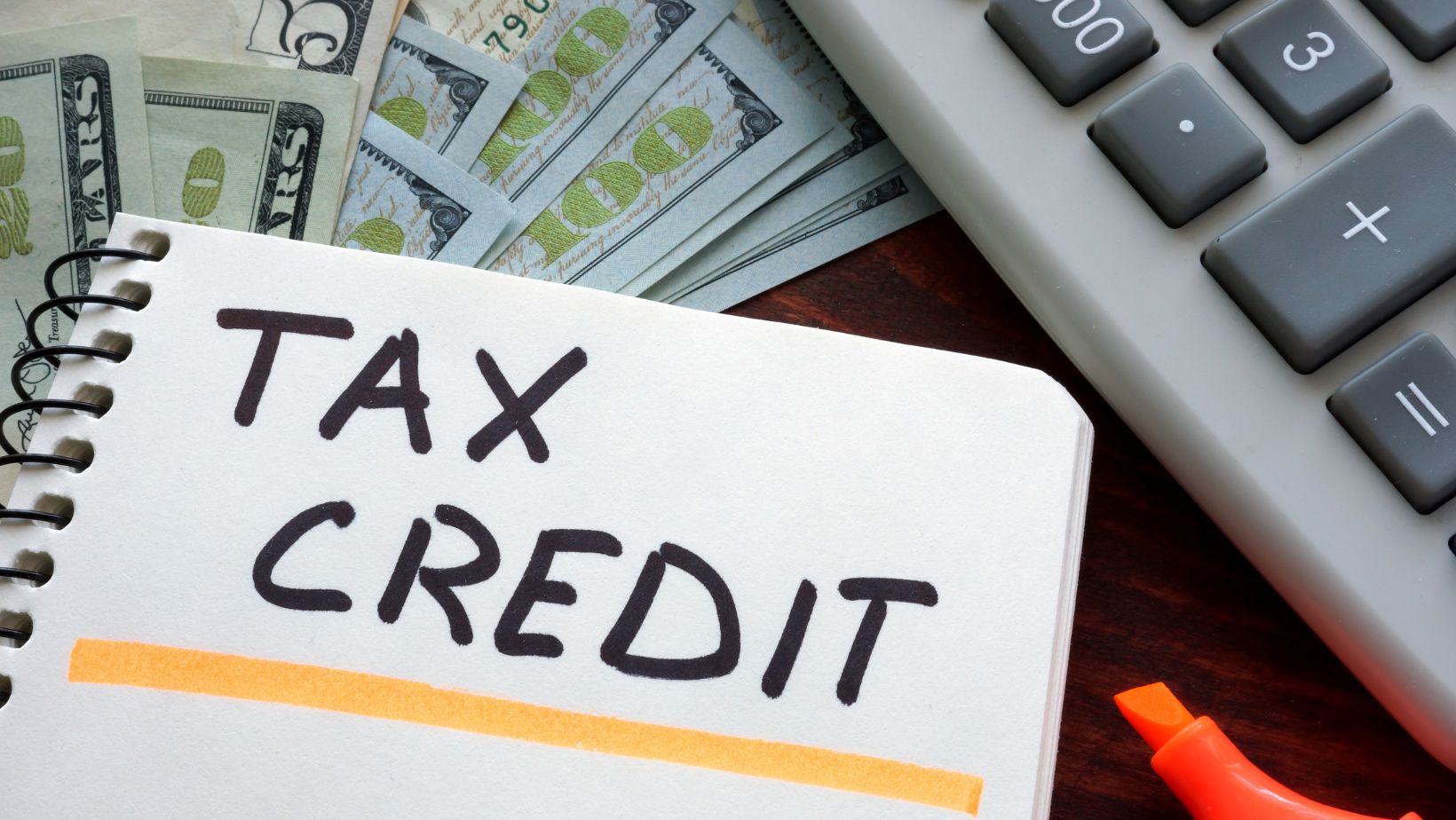
Energy Rebates and Tax Credits for Installing Air Conditioners and Heating Systems in California
California has many energy efficiency programs that can greatly reduce the cost of installing air conditioning and heating systems. Some of the most popular tools are the Energy Rebate and Tax Credit, which can reduce upfront costs and provide long-term savings.
How the Energy Rebate and Tax Credit work?
Energy Rebate: This is a cash rebate program designed to incentivize the installation of energy-efficient equipment in homes or businesses. The rebate amount varies based on the type and level of energy efficiency of the purchased equipment. More advanced systems that achieve higher energy savings typically qualify for larger rebates. These rebates not only help lower upfront costs but also promote long-term savings by reducing energy consumption. Additionally, some programs offer tiered rebates, meaning the more energy your system saves, the higher the rebate. It’s a straightforward way to encourage the adoption of environmentally friendly technologies.
Tax Credit: A tax credit allows you to reduce the amount of tax owed, based on the cost of installing qualified energy-efficient equipment. This means that a percentage of the installation costs can be deducted directly from your tax liability, offering significant financial relief. The credit applies as long as the equipment meets federal or state energy efficiency guidelines. Unlike rebates, tax credits are claimed during tax filing, and they can often be carried forward to future tax years if the credit exceeds your current tax obligation. Proper documentation and receipts are required to ensure eligibility.
Successful use case
Air & Plumbing real life example: A company with many years of experience that has helped multiple clients significantly reduce energy costs through the Energy Rebate and Tax Credit programs. One of the clients came with a request to replace an outdated furnace with a modern, energy-efficient heat pump and modernize the old electrical panel to support the new system.
The old heating system, was resulting in high energy costs and frequent breakdowns. The existing electrical panel did not have sufficient capacity for the new energy-efficient system. In order to solve this problem, the company decided to high-efficiency heat pump that provides improved heating and cooling efficiency. In addition, the electrical panel was upgraded to 200 amps to ensure reliable power distribution.
Financial results
The client received significant savings due to the program:
- Rebate for a heat pump: $2500.
- Rebate for upgrading the electric panel: $1000.
- Tax credit: $2600.
In total, the client saved $6100. This demonstrates how selecting the appropriate equipment and utilizing Energy Rebate and Tax Credit programs can lower expenses and enhance home energy efficiency.
How to get Energy Rebate and Tax Credit?
- Choose energy-efficient equipment and make sure it meets the requirements for rebates and tax credits.
- Contact your local utility company. They can provide you with information on Energy Rebate programs and help with the application process.
- Consult your tax advisor, this is needed in order to receive the Tax Credit, it is important to fill out the tax forms correctly.
- Keep receipts and documents, as they are needed to prove your expenses.
Conclusion
By installing energy-efficient air conditioning and heating systems in California, you can receive significant financial benefits through energy rebate and tax credit programs. These incentives not only reduce the initial costs of purchasing and installing energy-efficient equipment but also provide long-term savings through lower energy bills. Taking advantage of these programs allows homeowners and businesses to upgrade to more advanced systems while significantly cutting down expenses.

Additionally, this investment helps reduce your carbon footprint, contributing to a more sustainable future. As shown in the customer case, comfort, energy efficiency, and financial savings can be effectively combined. Be sure to explore all available programs to maximize your savings, and don’t forget to keep documentation and consult with your utility company or tax advisor to ensure eligibility.
FAQs
Q: What are the primary benefits of the Energy Rebate and Tax Credit programs?
A: The primary benefits include reduced upfront costs for installing energy-efficient equipment, long-term savings on energy bills, and significant financial relief through tax credits.
Q: How do I know if my equipment qualifies for an Energy Rebate?
A: Contact your local utility company to check if your equipment meets the required energy efficiency standards for rebate eligibility.
Q: Can I claim both the Energy Rebate and Tax Credit for the same installation?
A: Yes, you can generally claim both benefits as long as your equipment meets the respective requirements for each program.
Q: What documents do I need to keep to claim the Tax Credit?
A: Keep all receipts, invoices, and any documentation that proves the installation and cost of the energy-efficient equipment.
Q: Is there a deadline for applying for these programs?
A: Deadlines can vary based on the specific program and your utility company. It’s best to check with your local utility and stay updated on federal and state guidelines.
Q: Can businesses also benefit from these programs?
A: Yes, both homeowners and businesses can take advantage of Energy Rebate and Tax Credit programs to reduce the cost of installing energy-efficient systems.
Q: What should I do if my tax credit exceeds my current tax obligation?
A: In many cases, tax credits can be carried forward to future tax years. Consult your tax advisor for specific details related to your situation.
Q: How much can I expect to save by using these programs?
A: Savings can vary, but the article’s example showed a client saving $6100 by utilizing both rebate and tax credit programs.
Q: Do I need a professional to install the equipment to qualify for these programs?
A: While professional installation is often required to ensure proper setup and compliance with energy efficiency standards, check the specific requirements of your rebate and tax credit programs.
Q: Where can I find more information on energy efficiency programs in California?
A: Visit your local utility company’s website or consult with energy efficiency program administrators in your region. You can also check state and federal government websites for additional resources.











